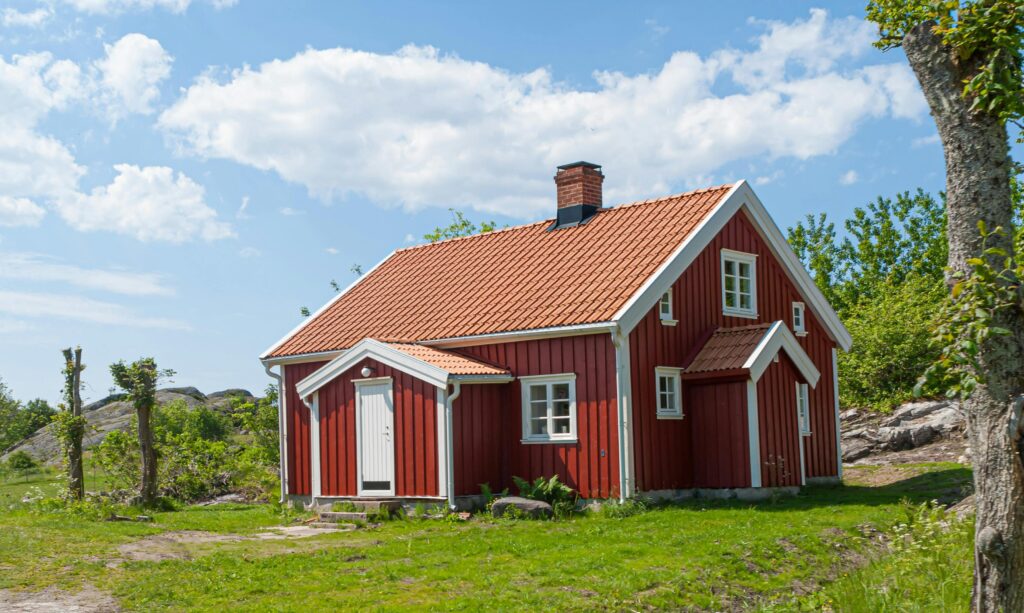When it comes to choosing the right material for your roof, the decision is not one to be taken lightly. Your roof is your home’s first line of defense against the elements, and the material you choose can have a significant impact on its durability, energy efficiency, and overall aesthetics. With a plethora of options available in the market, navigating through the choices can be overwhelming. However, armed with the right knowledge, you can make an informed decision that suits both your needs and preferences. In this comprehensive guide, we’ll explore the various factors you should consider when selecting a roof material, from durability and cost to aesthetics and environmental impact.

Durability and Longevity
One of the primary factors to consider when choosing a roof material is its durability and longevity. Different materials have varying lifespans, with some lasting significantly longer than others. For example, metal roofs are known for their exceptional durability, often lasting 50 years or more with proper maintenance. On the other hand, asphalt shingles typically have a lifespan of 20 to 30 years, depending on the quality of the shingles and the climate in which they are installed. Additionally, factors such as weather resistance and resistance to pests can also impact the longevity of a roof. Metal roofs, for instance, are highly resistant to fire, rot, and insect damage, making them a popular choice in areas prone to extreme weather conditions.
Cost Considerations
Another crucial aspect to consider when choosing a roof material is the cost. The initial cost of materials and installation can vary widely depending on the type of material you choose, as well as factors such as the size and complexity of your roof. Asphalt shingles are often the most budget-friendly option, making them a popular choice for homeowners on a tight budget. Metal roofs, while more expensive upfront, can offer long-term savings due to their durability and energy efficiency. Additionally, it’s essential to consider the cost of maintenance and repairs over the lifespan of the roof. To learn more about the cost comparison between metal vs. shingle roofs, click here for precise information. While some materials may have a higher initial cost, they may require less maintenance and have lower repair costs over time.
Energy Efficiency
In today’s environmentally conscious world, energy efficiency is a significant consideration for many homeowners. The type of roof material you choose can have a significant impact on your home’s energy efficiency and utility bills. Metal roofs, for example, are highly reflective and can help to reduce cooling costs by reflecting heat away from the home. Asphalt shingles, on the other hand, absorb heat, which can increase the temperature inside the home and lead to higher energy usage. Additionally, some roofing materials, such as clay tiles and slate, offer natural insulation properties, further enhancing energy efficiency.
Aesthetics and Curb Appeal
Beyond practical considerations, the aesthetic appeal of your roof is also essential. Your roof plays a significant role in defining the overall look of your home and can significantly impact its curb appeal. Asphalt shingles come in a wide range of colors and styles, making them a versatile option that can complement virtually any architectural style. Metal roofs, while traditionally associated with industrial or modern designs, are now available in a variety of finishes and profiles, allowing homeowners to achieve a more traditional or rustic look if desired. Other materials, such as wood shakes and clay tiles, offer a timeless appeal that can enhance the character of your home.
Environmental Impact
For environmentally conscious homeowners, the environmental impact of their roof material is a critical consideration. Some materials, such as asphalt shingles, can have a significant environmental footprint due to the resources required for production and disposal. Metal roofs, on the other hand, are often made from recycled materials and are fully recyclable at the end of their lifespan, making them a more sustainable choice. Additionally, certain materials, such as clay tiles and slate, are natural and renewable, further reducing their environmental impact.
Maintenance and Repairs
Finally, it’s essential to consider the maintenance and repair requirements of different roof materials. While some materials may require regular maintenance, such as annual inspections and occasional repairs, others are virtually maintenance-free. Asphalt shingles, for example, may need to be replaced periodically due to wear and tear, while metal roofs typically require minimal maintenance beyond occasional cleaning. Additionally, the availability of skilled contractors for repairs and maintenance can vary depending on the material, so it’s essential to consider the long-term support available for your chosen roof material.

Choosing the right roof material for your home is a decision that should not be taken lightly. Considerations such as durability, cost, energy efficiency, aesthetics, environmental impact, and maintenance requirements all play a role in determining the best option for your needs. By carefully evaluating these factors and consulting with a qualified roofing professional, you can select a roofing material that not only protects your home but also enhances its beauty and value for years to come. For further comparison between metal and shingle roofs, you can click here.






Leave a Reply